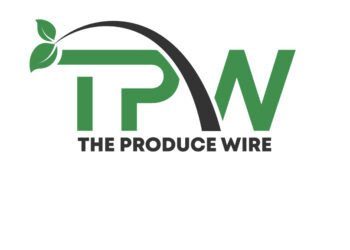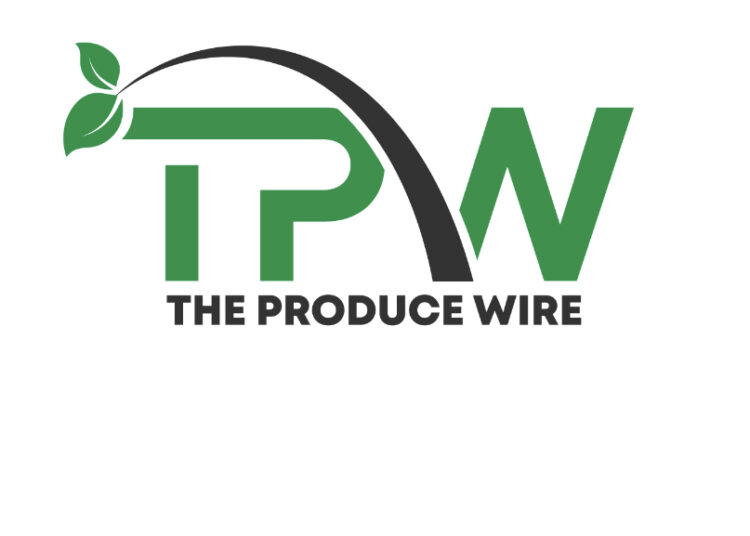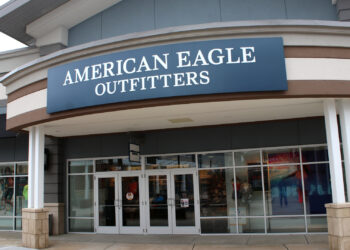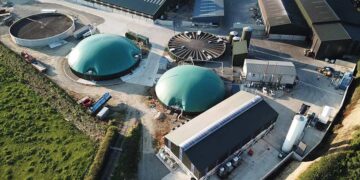Aurora Innovation, a frontrunner in autonomous trucking technology, recently released its Driverless Safety Report, laying out its road map for deploying its self-driving trucks on public highways. The 75-page document, published ahead of the company’s planned commercial launch in Texas, is part of Aurora’s efforts to finalize a safety framework for its Dallas-to-Houston freight lane. Aurora describes the closing of its safety case as a critical step toward rolling out driverless operations.
The Pittsburgh-based company claims to be the first to have developed a Safety Case Framework applicable to both trucks and passenger vehicles, adding the approach has gained traction among other autonomous vehicle developers. The framework, inspired by safety protocols in aviation and nuclear industries, offers a structured argument – backed by data – that its trucks can operate safely under defined conditions.
Aurora’s safety ethos shapes everything from product design to corporate strategy, says Chief Safety Officer Nat Beuse.
“At Aurora, our philosophy isn’t just safety first – it’s safety always,” said Beuse. “Our safety approach spans both product and organization, and in this report, we’ve shared a behind-the-scenes look into our safety systems. With the launch of the Aurora Driver, the world will experience driverless trucks safely delivering freight on public roads for the first time.”
The company’s methodology includes extensive hazard analysis, safety requirement development, and a blend of real-world and virtual testing. Its Virtual Testing Suite simulates millions of possible scenarios, allowing Aurora to probe rare edge cases that would be impractical – or unsafe – to replicate on actual roads.
“Though our vehicles drive thousands of miles each month, we cannot possibly test every situation that we may encounter on a real roadway – nor would it be safe to do so. So, we test the Aurora Driver virtually, by running it in simulated environments based on synthetic or real historical data,” said the report.
On the hardware side, Aurora touted its FirstLight lidar, a proprietary system that pairs with cameras and radar to spot hazards at distances exceeding 492 yards, nearly five football fields – a capability the company says gives its trucks an edge in reaction time.
For its initial rollout, Aurora has carved out an Operational Design Domain spanning highways in Texas, New Mexico and Arizona, with speed limits between 25 and 75 mph. Leading up to its initial rollout, the company stress-tested the Aurora Driver across virtual simulations, closed tracks and public roads.
The company’s cybersecurity protocols, detailed in the report, include secure software activation and incident-response measures, reflecting broader industry concerns about hacking risks.
Beyond technology, Aurora has embedded safety in its organizational culture through a Safety Management System, recently audited by TÜV SÜD, a global certification authority. An external Safety Advisory Board, made up of transportation professionals and experts, provides additional oversight.
The report arrives as Aurora edges toward its commercial driverless debut in April that, if successful, could give the company the lead in a field of competitors that have also announced plans to roll out driverless commercialization.
Investors and industry watchers are taking note. Aurora, which went public in 2021 via a special purpose acquisition company merger, has the potential to take an early lead in a sector projected to grow rapidly, according to analysts.
Morgan Stanley, which recently launched coverage of Aurora, estimates that nearly 90% of the $1.3 trillion U.S. domestic freight transportation market, or around $1.17 trillion, could eventually be accessible to autonomous trucking solutions.
The post Aurora unveils safety blueprint ahead of driverless truck debut appeared first on FreightWaves.














